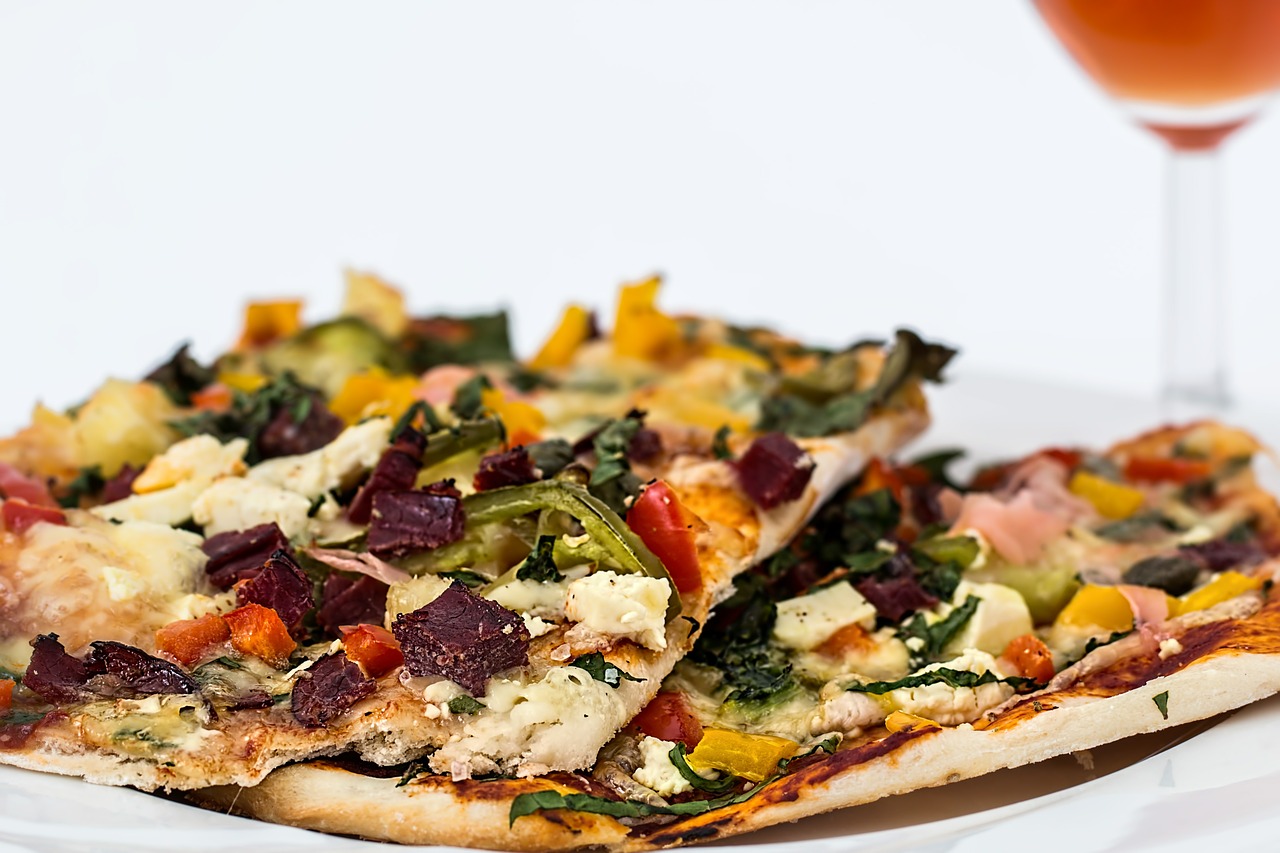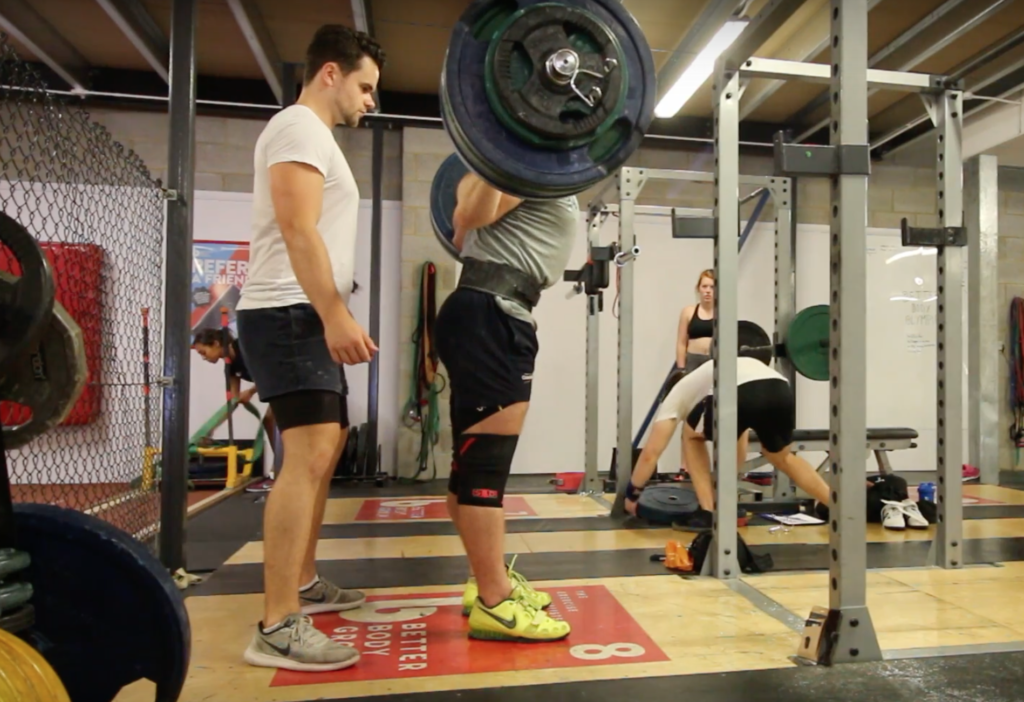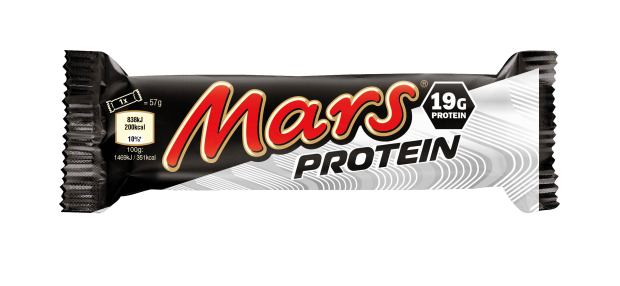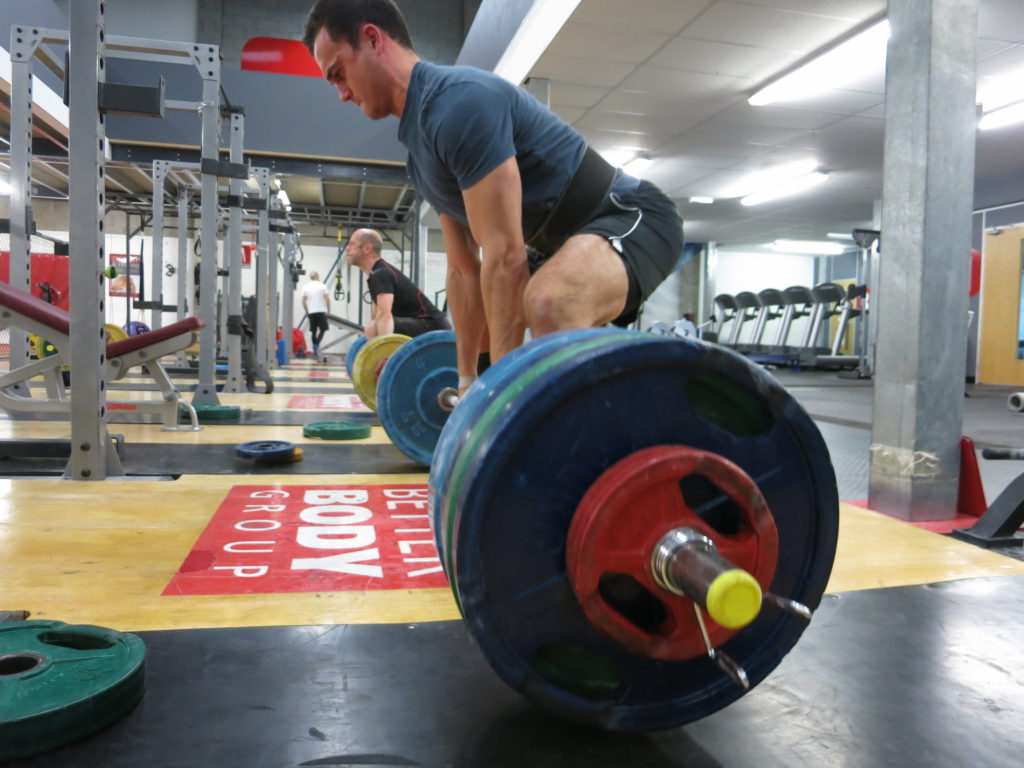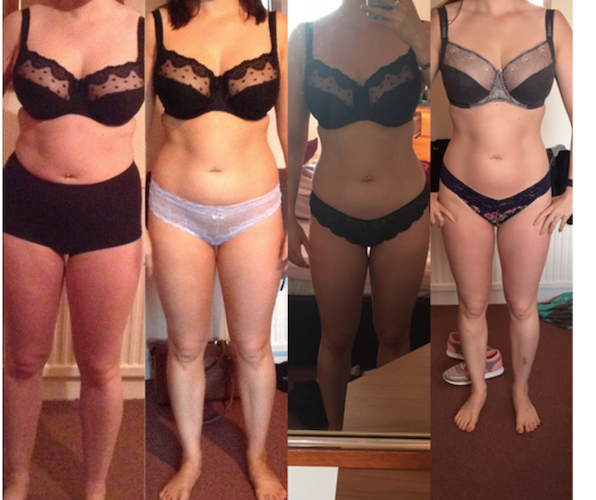The ONE Thing You Shouldn’t Eat for Fat Loss
What is the ONE thing you shouldn’t eat for fat loss?
I’ll hazard a guess as to what a lot of people’s answers would be…
Carbs? Nope. Carbs can and should play a part even in most people’s fat loss diets.
Gluten? No. There is no evidence whatsoever that gluten will hamper fat loss.
Dairy? Again a big no! There is a body of research that has shown dairy can actually aid fat loss.
Give up yet?
The one thing we shouldn’t eat for fat loss are ‘trigger foods’.
AKA binge foods, if you hadn’t already guessed, trigger foods are foods that once you start, you literally cannot stop eating!
Crisps, Nutella, M&Ms, big bars of Cadbury’s chocolate are all great examples. They are delicious, high sugar or processed carbohydrate and high fat foods that may affect our brain chemistry via reward mechanisms to keep coming back for more… because they make us feel good!
To make matters worse they are often very poor at keeping us full, as they are very low volume and low fibre (they do not take up much space in our stomachs) foods that contain quite a large number of calories. Far from ideal if we’re trying to lose weight. They are also often packaged in huge amounts that were supposedly never intended for single serving sizes, again meaning your likely to reach for more.
I’ve perhaps unfairly solely mentioned what we often consider to be unhealthy foods so far.
Don’t think that you’re safe with purely “clean” or “healthy” foods, as some of these can be just as bad! Dried fruit, nuts, nut butters and cereals like granola can be extremely easy to eat and keep going back for more, with what you feel is a clean conscience.
However you could actually easy polish off a bag of pistachio nuts for close to 600 calories, approximately a quarter of an average size man’s daily recommended calorie intake, without actually having eaten a proper meal!
How do I not let trigger foods get the better of me?!
- Track your food intake. You can use anything from old school pen and paper to MyFitnessPal on your iPhone. Have a look at the relationship between portion sizes of your favourite foods and calories, and how many calories you’re eating a day with what your weight is doing. Many people don’t realise how much damage they’re doing because they often can’t see how they’re overeating, especially if they claim to just eat healthy foods. This puts it in more black and white terms.
- If you slip up, get straight back on. Too many times I’ve seen people totally ruin their progress by having a slip up by totally giving in to their plan. You’ll cause far more damage with total blow outs, and saying “Today is a write off, it’s okay, I’ll start the diet Monday” as opposed to a small slip up and then just moving on with a more normal way of eating. This is a major problem with the mindset of following a ‘diet’, which brings us nicely onto the next two points.
- Eat what you consider to be healthy foods most of the time. 80-90% of the time eat single ingredient foods such as lean meats, fish, dairy, fruit and vegetables are collectively high in protein, often low calorie, high volume, high fibre and high nutrient, helping to keep us full and therefore keeping cravings for trigger foods at bay. For the rest of the time eat your favourite ‘treat’ foods. Eating a healthy diet is about context. You wouldn’t call someone’s diet healthy if they had a few stalks of broccoli with 5 meals a day consisting of chicken korma and doner kebabs, so why would a diet consisting mainly of nutrient dense single ingredient foods and the odd Snickers or Mars bar here and there be unhealthy?
- Understand that no one food makes you ‘fat’. Yes, not one food magically transforms into body fat. Going into a calorie surplus and overeating in the greater context of your whole diet does that. Do understand though that some foods are easy to overeat on, causing you to consume more calories than you expend and therefore these foods are perhaps best avoided.
- Behave differently. Replace the feeling of a need to eat with another form of stimuli. We are often driven to feel the need to eat following arguments with loved ones, when relaxing in front of the television, when we feel tired or when we are bored for example. Instead of reaching for the biscuit tin, try and do some exercise such as taking the dog for a walk, write your thoughts down or meditate (our friends over at Propane Fitness are big proponents of meditation and have some great resources here and here, and also recommend the Headspace app which I’m currently trying myself).Whilst this may sound a little hippie to some it is far more constructive to do some of the actions suggested as it takes your mind off the cravings and it gives you some thinking space away from whatever might have caused the cravings in the first place rather than giving in to the vicious cycle.I am not for one second suggesting that ALL cravings are deep rooted in emotional issues, some are just down to plain hunger, especially when making a concerted effort to eat less. When this strikes with myself, it is most often before bed and I find brushing my teeth and having a large glass of water really helps with killing the cravings and hunger pangs!
- Have pre-packaged, filling, low calorie, single sized portioned snacks to hand. We’re more likely to eat foods that are within easy reach so keep things like fruit, Fruyo Greek yoghurts, Quest protein bars, individual small bars of dark chocolate in the cupboard or in your fridge at work. If you are craving something truly naughty then try and carry around just 1 of your favourite mini chocolate bar. Having only one small portion sized item that is individually wrapped means your much less likely to keep reaching for more, whilst still getting your fix.
Food is not just fuel, a ‘diet’ or something to feel guilty about… enjoy it! Follow these 6 simply implemented tips to make your eating for fat loss a whole lot easier.
About The Author
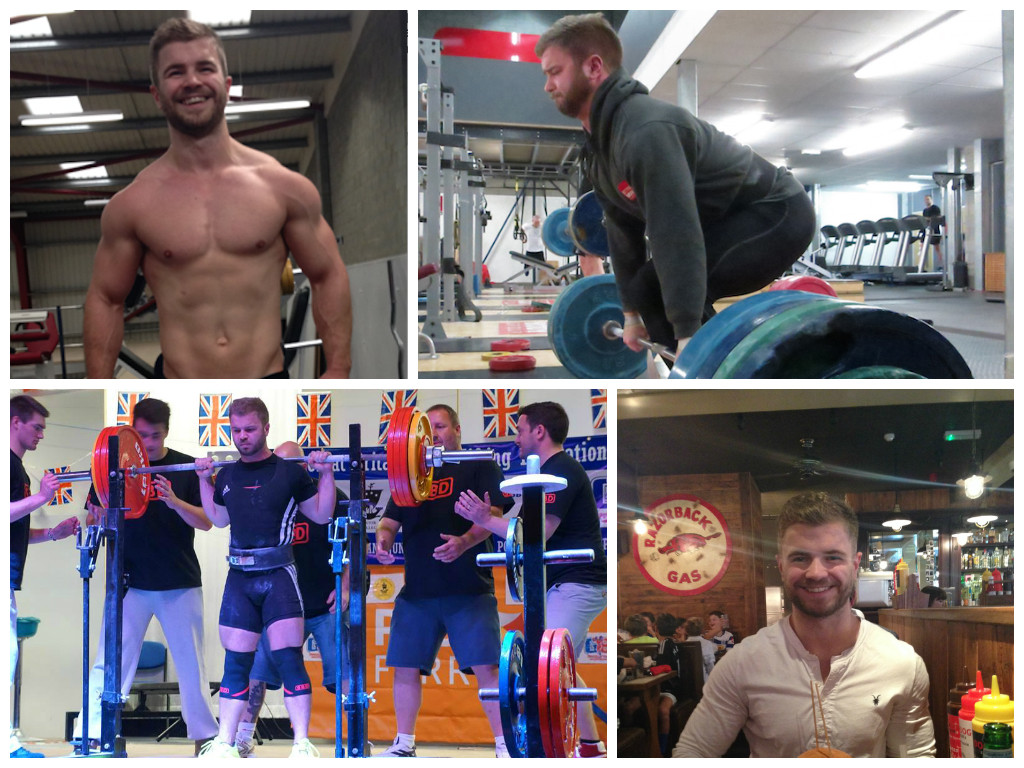 James Blanchard (JB) is a personal trainer and nutrition consultant, working with clients both online and on an in person basis from the Better Body Group in Sevenoaks, UK.
James Blanchard (JB) is a personal trainer and nutrition consultant, working with clients both online and on an in person basis from the Better Body Group in Sevenoaks, UK.
He specialises in getting hard working, busy people lean, strong and confident whilst still enabling them to be social and enjoying life’s pleasures. Ya know, like beer, pizza and stuff.
Taking a scientific and evidence based approach, he designs his clients’ training and nutrition programs in the most effective, time efficient and easy to stick to way possible.
He has a weird obsession with picking heavy stuff up and putting it down again. He channels this through competing in powerlifting, where he currently holding a regional record in the squat. He’s also tried his hand at various other sports, including rugby, bobskeleton and athletics.
To get your hands on some of JB’s best work for free, you can join over a 1000 others and get his Get Shredded Toolkit, containing everything you need to get lean: “5 Rules to Get Shredded eBook”, a whole body training program, a completely personalised diet and comprehensive how-to guide here.

